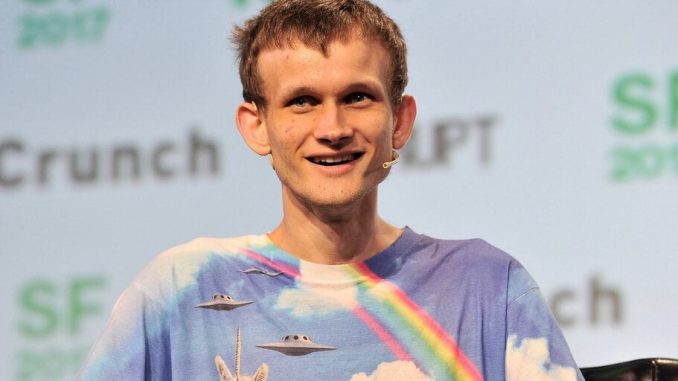
Vitalik Buterin boosted the profile of a meme coin based on Moo Deng—the viral baby pygmy hippo from Thailand—on Monday, selling billions of the Ethereum tokens for a charitable cause. And that led to the price of the asset skyrocketing, even if it’s still currently playing second fiddle to the better-known Moo Deng coin on Solana.
The Ethereum co-founder said on Twitter (aka X) that he had swapped a substantial sum of the Ethereum-based meme coin to fund “anti-airborne-disease tech.” Meanwhile, an entity formed by Buterin named Kanro received $181,000 in ETH.
For years, Buterin’s digital wallet has been showered in unsolicited waves of digital assets, a sign of gratitude from developers or perhaps a pseudo-marketing move. Given the Ethereum creator’s immense influence in the crypto industry, his digital wallet serves as a high-profile place for projects to send tokens—and perhaps get some exposure in the process.
I appreciate all the memecoins that donate portions of their supply directly to charity.
(eg. I saw ebull sent a bunch to various groups last month)
Anything that gets sent to me gets donated to charity too (thanks moodeng! The 10B from today is going to anti-airborne-disease…
— vitalik.eth (@VitalikButerin) October 7, 2024
The Ethereum co-founder received 62 billion MOODENG from the token’s deployer last month, currently valued at $12 million. Yet Buterin’s holdings have been whittled down across several recent transfers to 40 billion. Within the past few hours, for example, Buterin had sent approximately 10 billion MOODENG tokens to the decentralized exchange CoW Swap.
Notably, the meme coin that Buterin donated Monday isn’t the asset that’s galloped to a $102 million market capitalization on Solana. That coin, which coincided with the real-life Moo Deng’s initial splash into the spotlight, has fallen 50% over the past week.
Conversely, the rendition on Ethereum—created a week after the dominant Solana coin—has climbed 480% in value over the past day, though its nearly $86 million market cap still sits below that of the Solana token. Moo Deng on Ethereum had already doubled in price by the time Buterin sold, and then nearly tripled in price after news of the sale spread quickly across social media.
Trading activity for the Ethereum-based hippo token was concentrated within Uniswap, the industry’s leading decentralized exchange. That venue had seen $45 million worth of MOODENG trade hands, as of this writing, according to CoinGecko data.
Buterin’s donation follows philanthropic efforts in April that leveraged meme coins for the benefit of animal welfare. Donating $532,000 worth of ETH to the Effective Altruism Fund’s dedicated Animal Welfare Fund, Buterin had said just a month before that meme coins could serve a “positive-sum” purpose extending beyond rampant speculation.
Meme coins are extremely volatile, and their value largely depends on internet trends that can shift on a dime. While some go viral and notch dizzying gains, others are a flash in the pan, while a number fall flat on a moment’s notice due to scams.
Buterin referenced his Kanro entity last year, stating funds sent to the organization formed in 2022 would go to funding several “Covid research projects.” In a post, he emphasized the need for “public health solutions that respect people’s rights.”
In 2021, Buterin dumped $6.7 billion worth of the Ethereum meme coin Shiba Inu, partly for charity’s sake. A chunk of the proceeds went to the India Covid Crypto Relief Fund, while 90% of his holdings were burned, removing them permanently from circulation. Half of the supply had been sent to Buterin’s wallet after the token was created.
At the time, an on-chain note attached to a Shibu Inu transaction indicated that Buterin didn’t “want to be a locus of power” surrounding its speculation. But the Ethereum co-founder has found greater comfort with meme coins, or at least selling them, in the years since.
On Monday, Buterin acknowledged the steady stream of funds he’s received, urging developers to “send to [them] charity directly” in the future—so he doesn’t have to.
“I think the best thing for meme coins is if they can be maximally positive-sum for the world,” he wrote. “It’s great to see moments when that actually happens.”
Edited by Andrew Hayward
Daily Debrief Newsletter
Start every day with the top news stories right now, plus original features, a podcast, videos and more.




Be the first to comment